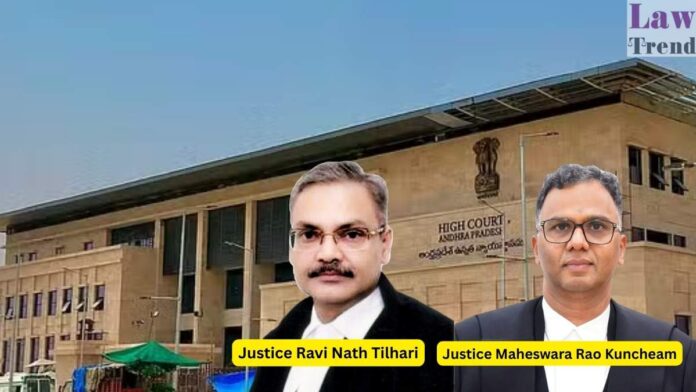In a significant verdict underscoring the role of public participation in environmental governance, the Andhra Pradesh High Court has ruled that the statutory process of environmental clearance must not ignore the grievances of affected villagers. The Division Bench comprising Justice Ravi Nath Tilhari and Justice Maheswara Rao Kuncheam delivered the judgment on March 25, 2025,
To Read More Please Subscribe to VIP Membership for Unlimited Access to All the Articles, Download Available Copies of Judgments/Order, Acess to Central/State Bare Acts, Advertisement Free Content, Access to More than 4000 Legal Drafts( Readymade Editable Formats of Suits, Petitions, Writs, Legal Notices, Divorce Petitions, 138 Notices, Bail Applications etc.) in Hindi and English.




